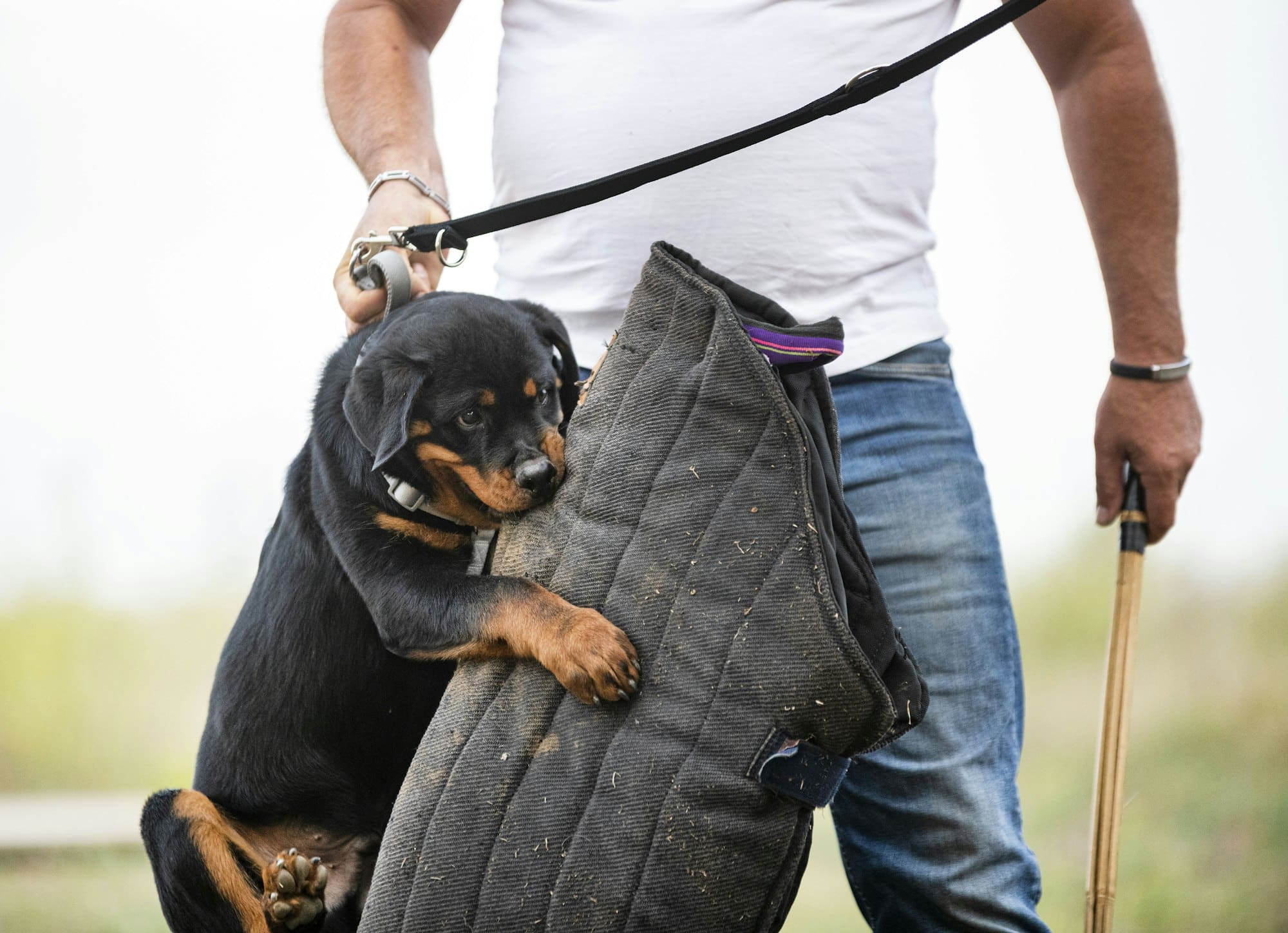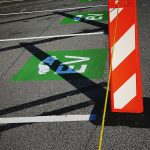As parents or guardians, ensuring the safety of your children is an unending duty that extends even to your vehicles. You have to guarantee that your car’s safety systems are compatible with your child safety seats. It’s not just about buying the top-of-the-line safety systems or the most expensive child safety seat on the market. Compatibility and proper installation are key to ensuring that your child is safe while in your car.
In this article, we delve deeper into the various aspects of ensuring vehicle safety system compatibility with child safety seats. This will include understanding the different types of safety systems, the different types of child safety seats, and how to properly install these seats.
Also read : How does the load capacity of a vehicle affect its braking efficiency on downhill UK roads?
Understanding Different Types of Vehicle Safety Systems
Before any compatibility checks can be done, you must first understand the type of safety systems available in your vehicle. Modern vehicles come equipped with several different active and passive safety systems, all designed to protect the occupants of the vehicle.
Passive safety systems refer to those that protect occupants during an accident. These include seatbelts, airbags, and crumple zones. Active safety systems, on the other hand, are those designed to prevent an accident from occurring in the first place. Examples include anti-lock braking systems (ABS), electronic stability control (ESC) and more recently, advanced driver-assistance systems (ADAS) that include features like lane-keeping assist, blind-spot monitoring, and autonomous emergency braking.
Also to discover : What is the process for safely installing a tow bar on a mid-sized family car?
All these systems designed to protect you and your child in case of an accident. However, the compatibility of these systems with your child safety seat could affect their effectiveness.
Different Types of Child Safety Seats
Just as with vehicle safety systems, there are different types of child safety seats. These can be broadly categorized into infant seats, convertible seats, and booster seats.
Infant seats are designed for newborns and infants and are typically rear-facing. They have a detachable carrier that can be easily carried around. Convertible seats can be used as rear-facing seats when your child is younger and then converted to front-facing as they grow older. Booster seats are for older children who have outgrown their convertible seats but are still too small to properly fit an adult seatbelt.
The type of child safety seat you use is largely dependent on the age, weight, and height of your child. However, the design and features can vary significantly between different seats, which can affect compatibility with your vehicle’s safety systems.
Checking Compatibility of Your Vehicle’s Safety Systems With Child Safety Seats
Once you understand the types of safety systems in your vehicle and the type of child safety seat you have, you can now check their compatibility.
Firstly, check to see if your vehicle’s safety systems can be deactivated or adjusted. For example, passenger airbags could pose a risk to children in rear-facing child safety seats if they cannot be turned off. Similarly, advanced safety features like seatbelt pretensioners, which tighten the seatbelt in case of a crash, could affect the effectiveness of a child safety seat if they cannot be disengaged.
Next, check if your vehicle has the LATCH (Lower Anchors and Tethers for Children) system. This is a standardized system designed to make the installation of child safety seats easier and more secure. If your vehicle has this system, it is highly likely that it is compatible with most child safety seats.
Proper Installation of Child Safety Seats
Finally, even if your vehicle’s safety systems are compatible with your child safety seat, proper installation is critical. An incorrectly installed seat could be ineffective in the event of a crash.
Read the manual of the child safety seat and your vehicle to understand how to properly install the seat. In many countries, there are also certified child passenger safety technicians who can help you with the installation.
Remember, your child’s safety is paramount. As such, it is important to ensure that all safety measures, including vehicle safety systems and child safety seats, are not only in place but also compatible and correctly installed.
Comprehending the Importance of Child Restraint Systems and Safety Seat Belt Adjustments
An essential part of ensuring compatibility between your vehicle’s safety systems and child safety seats is understanding how child restraint systems operate. Child restraints, commonly referred to as child safety seats, are devices designed to protect children during vehicle collisions. These safety devices come in various sizes and designs to accommodate children’s differing height, weight, and age characteristics.
One of the most effective child restraint systems is the rear-facing car seat. This seat is particularly suited for newborns and infants as it offers the best support for their head, neck, and spine. It is recommended to use rear-facing car seats until your child exceeds the maximum height or weight limit stipulated by the car seat manufacturer.
As your child grows, they can transition to a forward-facing car seat and eventually a booster seat. Booster seats elevate your child so that the seat belt fits correctly over the strongest parts of their body – the hips and chest. The correct use of a booster seat can reduce the risk of serious injury in a crash by 45% for children aged 4-8 years compared to seat belt use alone.
Additionally, seat belts play a crucial role in securing child safety seats and protecting older children and adults during a collision. The correct adjustment of seat belts is critical, particularly when used with booster seats. The lap belt should fit snugly across the hips, not the stomach, while the shoulder belt should rest on the shoulder and chest, not the neck or face.
Concluding Thoughts: Ensuring the Safest Ride for Your Child
Ensuring that your child is safe while on the road goes beyond merely having safety measures in place. As a guardian, you must ensure that your vehicle’s safety systems are not only operational but also compatible with child safety seats.
Understanding the different types of vehicle safety systems, including passive and active safety systems, is crucial. Similarly, being aware of the different types of child safety seats, from infant seats to booster seats, is equally important.
Compatibility checks should involve an examination of whether your vehicle’s safety systems can be deactivated or adjusted, and if your car has the LATCH system. Proper installation of child safety seats is also paramount.
It’s crucial to remember that the effectiveness of the child safety seat is highly dependent on correct installation. An incorrectly installed seat may not offer adequate protection in an accident. Therefore, it’s highly recommended to read the manual of the child safety seat and your vehicle thoroughly, or seek expert assistance if needed.
In conclusion, ensuring your child’s safety while in a vehicle isn’t just a responsibility – it’s a necessity. As such, making sure your vehicle’s safety systems are compatible with the child safety seats is not an option but a fundamental prerequisite. Moreover, always remember that your child’s safety seat is not just a seat, but a life-saving device.











